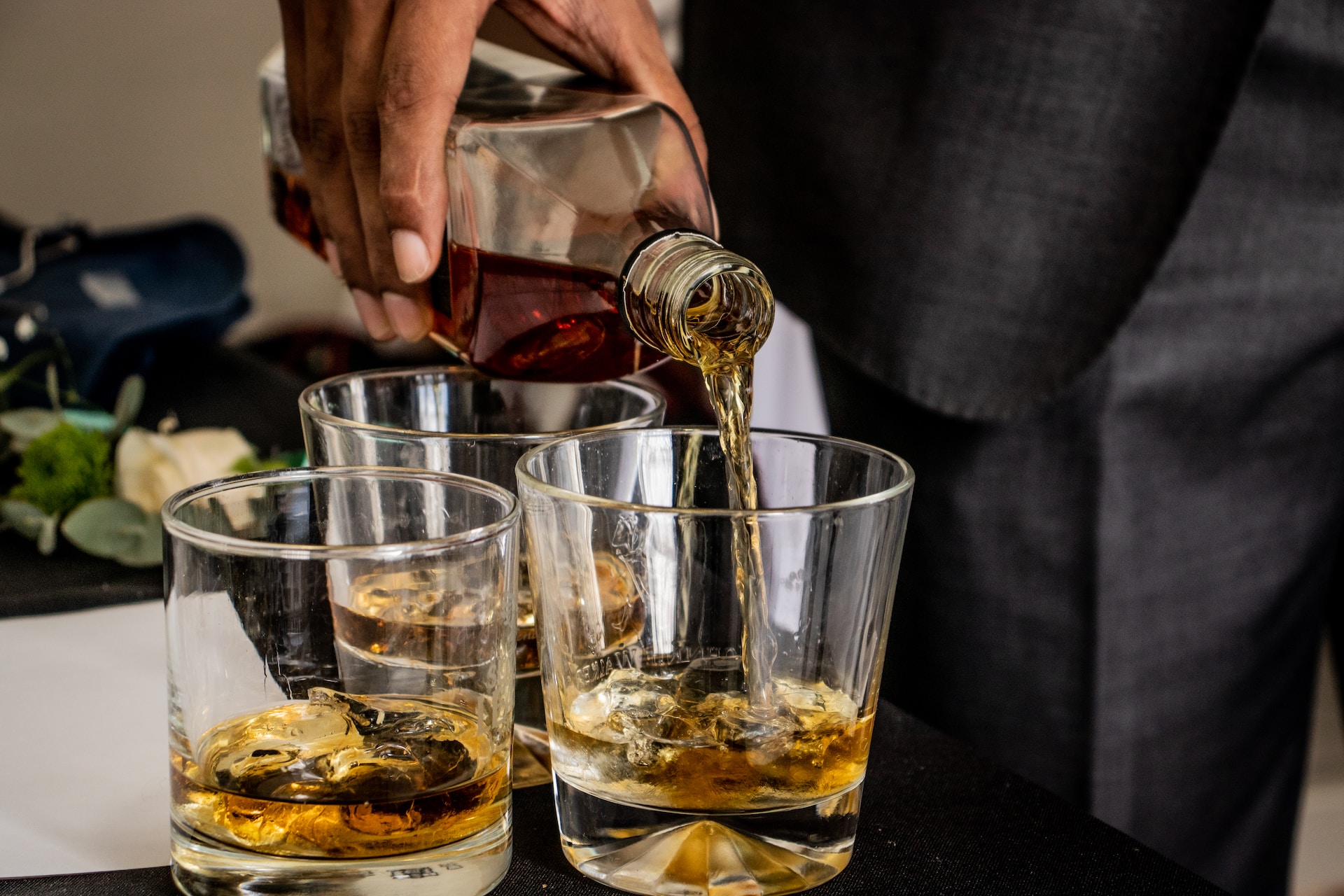
If you’ve never tried it, rye whiskey can be a bit of a mystery. If you know anything about rye the crop, it’s that it has a peppery, spiced, almost clove-like flavor. Does that mean the whiskey tastes like someone spent an hour cracking black pepper into your favorite whiskey? That doesn’t seem very appetizing. You also might be wondering what makes a whiskey a rye whiskey as opposed to a bourbon or another type of whiskey.
Since we are in the business of helping, we decided that the time was right to give you the equivalent of rye 101. While you definitely won’t get college credit for this, it also won’t take you a whole semester to learn the ins and outs of rye whiskey. Just peruse this article, and you’ll learn all there is to know about this unique, spicy whiskey variety. So, buckle up for the rye train. We hope you enjoy the whiskey-saturated ride through the world of

What is rye whiskey?
Just like bourbon whiskey, there are specific rules that regulate what a rye whiskey is. While bourbon whiskey must be made from a mash bill of at least 51% corn (and often a much higher percentage),

What’s rye whiskey’s history?
While the first major spirit distilled in America was rum, which was widely popular in the 1600s, rye whiskey began to gain in popularity in the 1700s into the 1800s. The center of the
Prohibition shuttered many whiskey distilleries and all but wiped out the rye whiskey industry, with only a handful of brands reopening after the 21st Amendment was passed. It’s only been the last twenty or so years that the style has started to become popular once again. Today, you can find countless major brands and artisanal outfits crafting high-quality, sippable

What does it taste like?
Corn is known for its sweet flavor, wheat for its softness, and rye for its peppery spice. Rye whiskey is inherently spicier than other styles. But to say that it’s simply a peppery whiskey is a bit misleading. A well-made, long-aged

What is special about rye whiskey?
What makes rye whiskey special is the rye itself. While corn makes bourbon sweet and aging adds more toffee, vanilla, and charred wood flavors, the use of rye adds a spicy, peppery, herbal, fruity flavor to the whiskey. Using this base and then barrel-aging it in charred oak makes for a more complex, aromatic, flavorful whiskey than many bourbons on the market.

What is the difference between bourbon whisky and rye whiskey?
As we briefly mentioned earlier, the difference between bourbon whiskey and rye whiskey lies in the mash bill ingredient percentages. Along with many other rules and regulations, to be considered to be a bourbon whiskey, it must have a mash bill of at least 51% corn (the other grains are often wheat, rye, and barley. To be considered a

Is rye whiskey good to drink straight?
If you enjoy a warming, sweet, spicy whiskey, rye whiskey is for you. And while it’s great as the base for iconic drinks like the old fashioned or Manhattan, when made well, it’s a great choice for sipping neat or on the rocks. While peppery rye is likely the main flavor, other possible flavors include dried fruits, vanilla beans, caramel, oak, and wintry spices.

What are good rye whiskey brands?
We are truly in the midst of a rye whiskey boom. There are countless award-winning brands currently available. Some of the best American brands include High West Double Rye, Sazerac Rye, Old Overholt Rye, Redemption Rye, WhistlePig Piggyback, and many more.

What are the different styles of rye whiskey?
While there are different U.S. styles based on location (Maryland style and Pennsylvania style being two), there are two main types of rye whiskey. They are American



